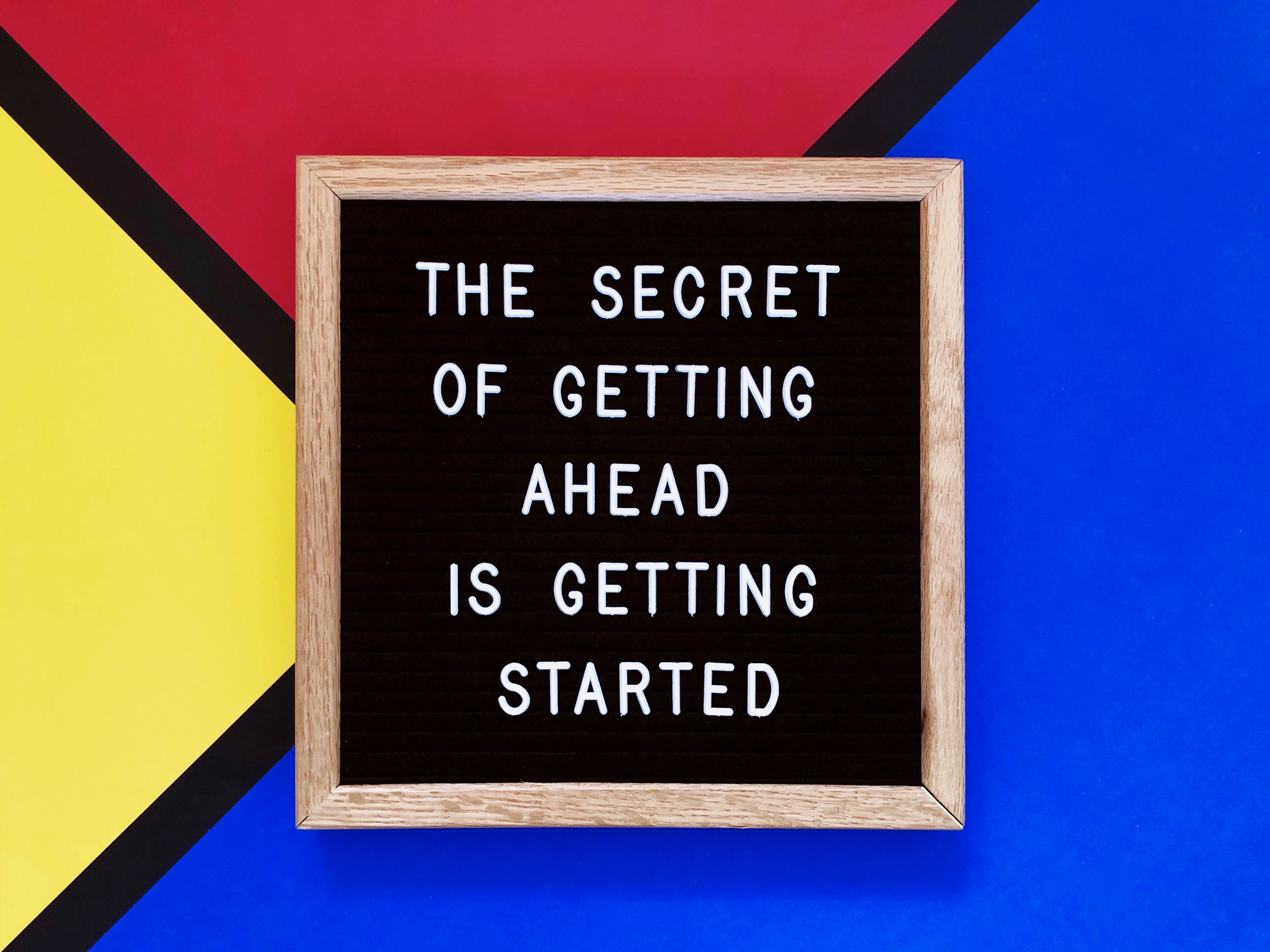Thanks to my 45-minute commute each way to work daily, I am reading one book a week. By “reading,” I mean I am listening to them on Audible. I am a huge fan of audio books. At this pace, I am constantly looking for recommendations of books to read.
Thanks to AI (Artificial Intelligence), Audible takes care of that for me, if I let it. So last week, after I finished No Rules Rules, by Reed Hastings (CEO and co-founder of Netflix), Audible suggested I might like to read the Dale Carnegie classic How to Win Friends & Influence People.
Even though I had read the book many years ago—and have taken several of the Dale Carnegie training courses (which, by the way, I still find helpful and relevant)—I thought, “It never hurts to reread a classic.”
Part of my inspiration for rereading this book was a speaker I heard probably 20 years ago. Boaz Rauchwerger continues to be a popular speaker in business circles. I use Boaz’ “Five Key Questions” when I meet someone for the first time, and have done so for years:
Boaz Rauchwerger’s Five Key Questions
- I am just curious, where are you originally from? Boaz said that everybody has a story and you want to know it to understand them.
- What brought you here? …
- Do you have a family? …
- What do you do? …
- What did you want to be when you were growing up?
Boaz always started his presentation by saying he reads, or rather rereads, the Dale Carnegie classic How to Win Friends & Influence People once a year! He shared that he always gets a new insight regarding people relations. So, I figured if Boaz reads it once a year, I could reread it for the second time.
Because I am listening to this book during my two-way daily commute, I have a unique opportunity to apply the principles twice every day, once when I get to work and then again when I get home at night.
The Carnegie book is divided into four sections. This infographic outlines it for you: How to Win Friends & Influence People Summary:
- Fundamental Techniques in Handling People
- Six Ways to Make People Like You
- How to Win People To Your Way of Thinking
- Be a Leader: How to Change People
There are so many lessons to be learned through following the practices in this book. Several stood out to me that I have tried out in the last week. I’ve had incredible success in using them authentically.
- Even when I am calling a service rep (like my painter) or a doctor’s office, I have started by paying a compliment to the person or company as my first sentence. For example, when I called the painter a few days ago, I started by saying, “First of all, I need to tell you that you guys did a FANTASTIC job hanging wallpaper in our bathroom last month. Your guy did such an amazing job that we could not find the seams in the wallpaper!” The rest of our conversation was so much more friendly and cooperative than my previous call, and the owner offered to come out to give us a quote on a painting job (where previously they had told me, due to COVID, there would be no in-person quotes). They expected us to do the measurements and email them.
- I was reminded in the book that “a person’s name is to that person the sweetest and most important sound in any language.” So, when I went to the doctor’s office this morning, I complimented the receptionist, saying how beautiful her name was (is it Paola). Not only did she share with me the story about how her mother chose her first name, but she made sure I got in to see the doctor without waiting (pulling a few strings for me).
- Another principle is to “Try honestly to see things from the other person’s point of view.” So, I have started to make a diligent effort when I have been talking with someone who has an opinion different than mine to purposefully acknowledge THEIR point of view first, saying something like, “I know that you have told me how difficult it is dealing with this situation, so I want to say ‘thank you.’ This kind of situation is never easy, and before we discuss it further I wanted to acknowledge you and your effort.” This approach has worked especially well multiple times in the past few weeks. Previously I would dive right into the subject, and I found every person reacted negatively or defensively.
Probably the easiest and most effective of Dale Carnegie’s principles is just one word: Smile. It’s so easy to do, but I for one can say that it is easy to forget. I learned long ago that if you smile at someone it is the other person’s natural instinct to smile back. Physically, it is impossible to NOT smile back. I’ve tried it many times, whether at work, at home, or out in public. A person always smiles back at me. And then, the rest is easy.
So, during these stressful times when tensions are high and nothing seems to go the way you are used to, it might be a good refresher to pull out that dusty copy of Dale Carnegie’s book and read a chapter a day, or even a chapter a week. The chapters are short but the message is timeless.
After all, the book was first published in 1936 (thus all the references to Presidents Taft, Theodore Roosevelt and Wilson) and the paper copy I just pulled off my bookshelf was the 102nd printing in December 1975!
Timeless wisdom.
Karen







